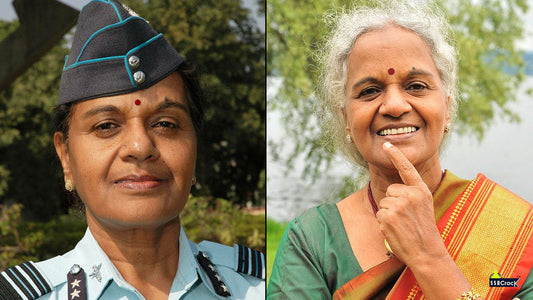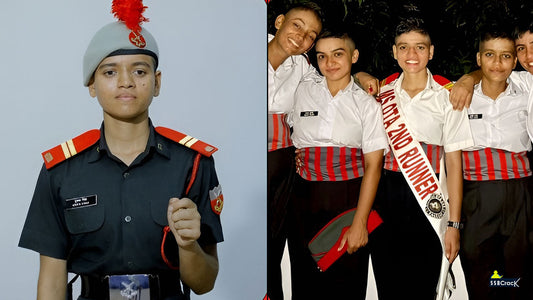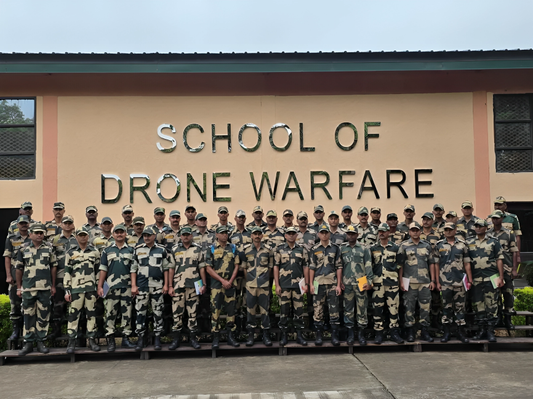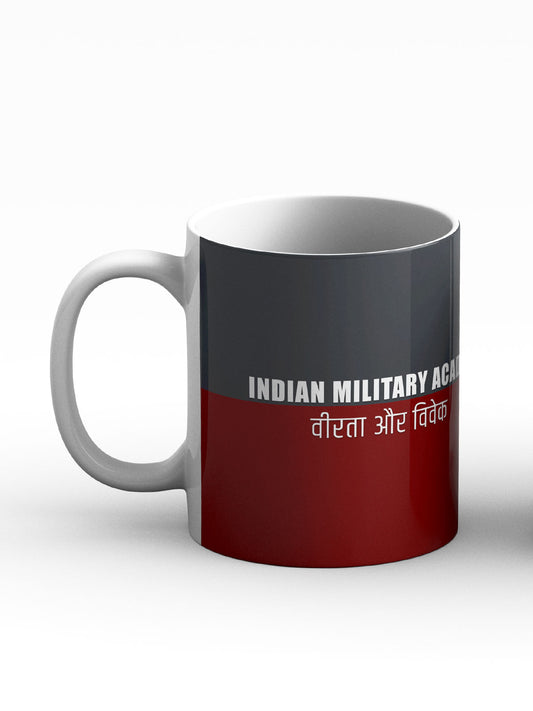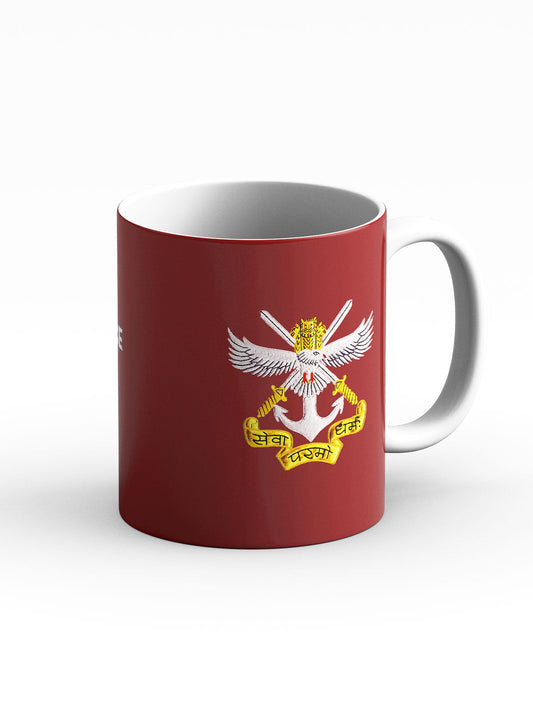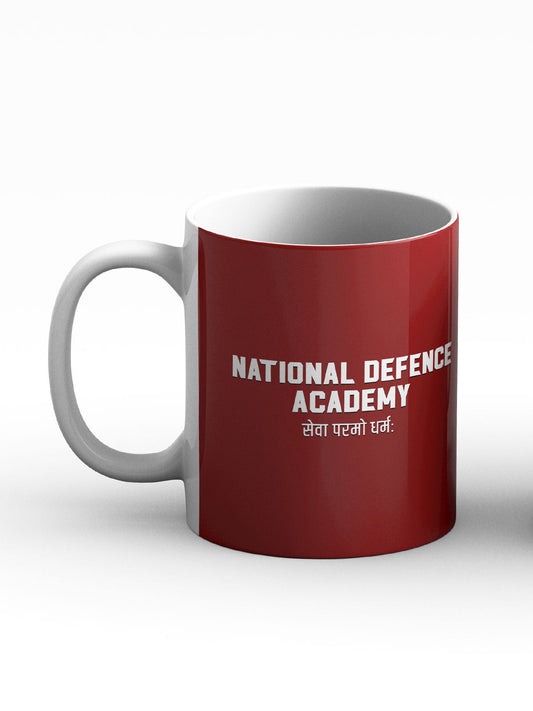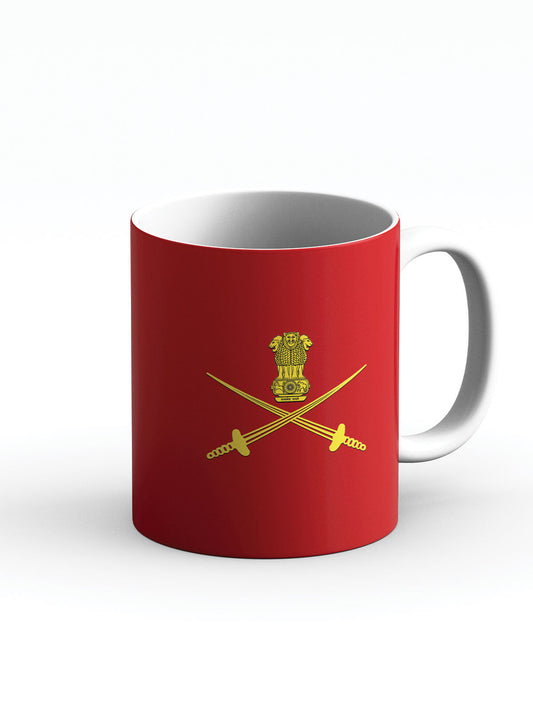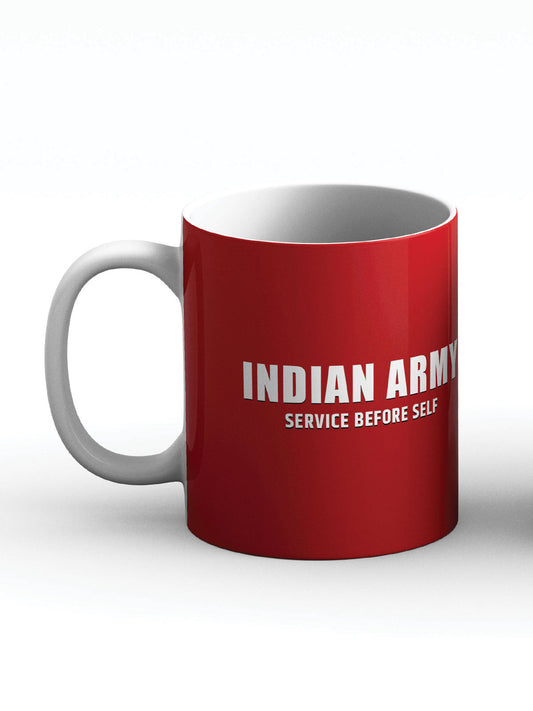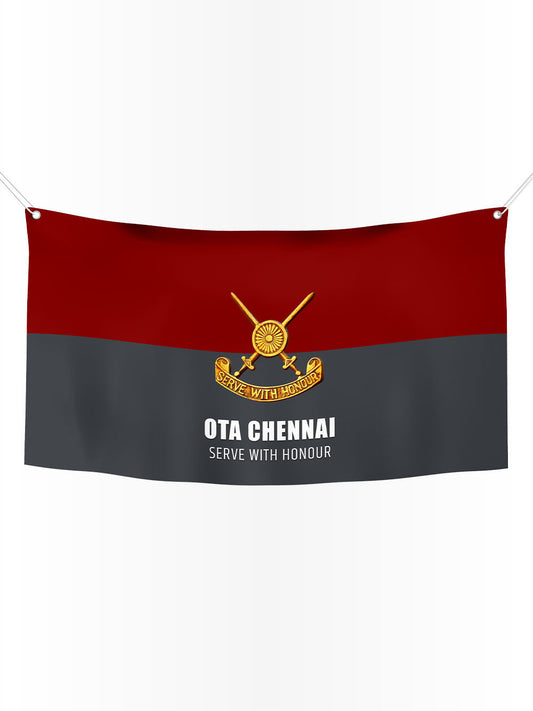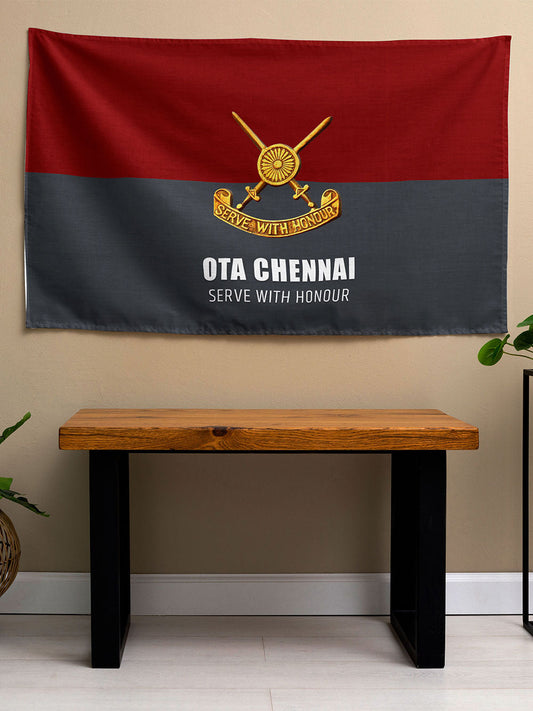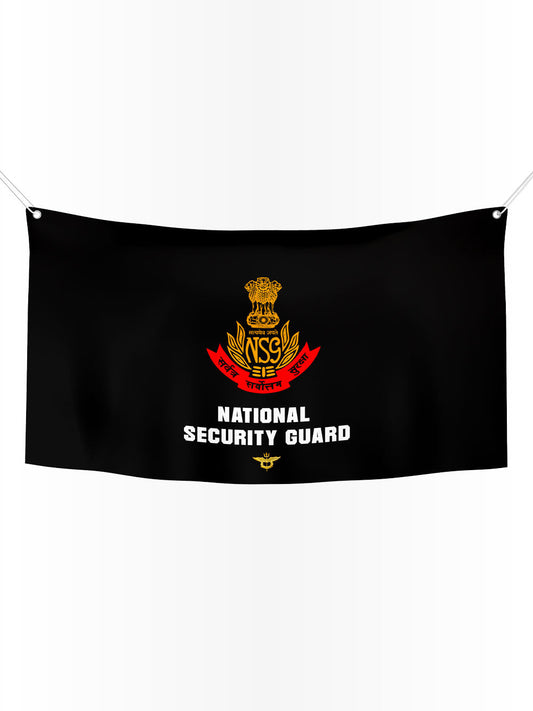What are the Power and Duties of an Indian Army Lieutenant Colonel?
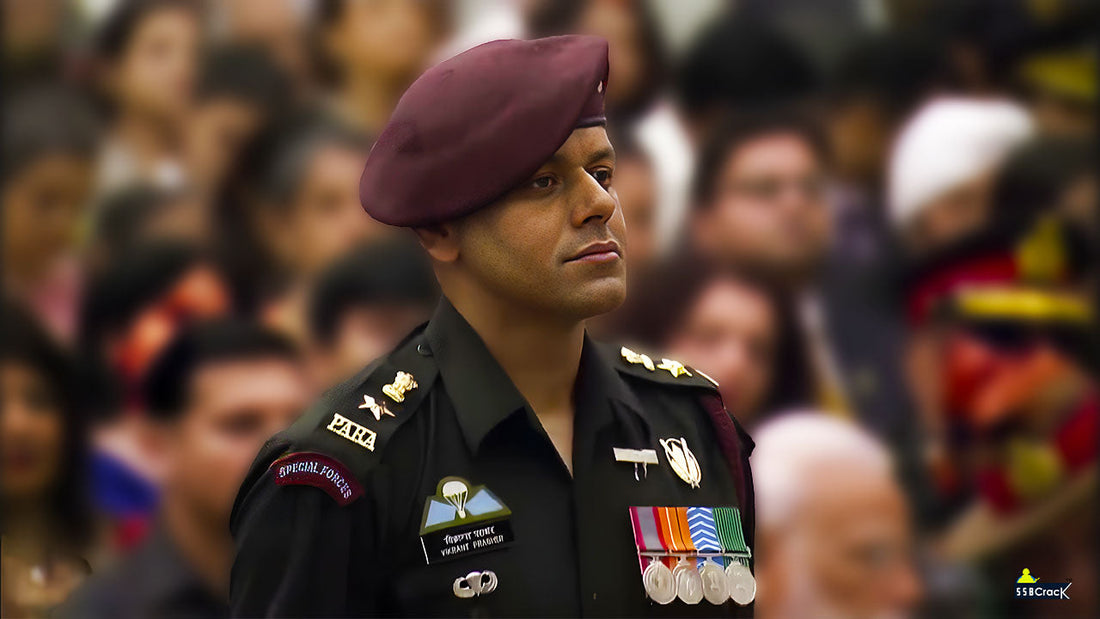
The rank of Lieutenant Colonel (Lt Col) in the Indian Army represents a pivotal mid-level leadership position, bridging tactical execution and strategic oversight. Holding Pay Level 12A in the military hierarchy, Lt Cols command battalions comprising 600 to 800 soldiers and play a critical role in ensuring operational effectiveness, unit cohesion, and national defence. This article explores their multifaceted responsibilities, drawing on official military structures and historical precedents to provide a comprehensive understanding suitable for defence enthusiasts and professionals alike.
Position in the Army Hierarchy
In the Indian Army's rank structure, a Lieutenant Colonel sits below Colonel and above Major, typically achieved after 13 to 15 years of service through promotion based on merit and experience. They report to brigade commanders (usually Brigadiers) and oversee Majors, Captains, Lieutenants, and junior commissioned officers (JCOs) within their units. This position demands seamless interaction with senior command for strategic guidance while mentoring junior officers to foster leadership development.
Lt Cols often serve as the second-in-command (2IC) in regiments, stepping in during the Commanding Officer's (CO) absence to maintain continuity. Their hierarchical role emphasizes accountability, as they translate higher directives into actionable plans, ensuring alignment with the Army's overarching objectives of national security and unity.
Leadership and Decision-Making Authority
Leadership forms the core of a Lt Col's duties, encompassing command over battalions and the authority to make tactical decisions in high-stakes environments. They enforce discipline, allocate resources, and authorize operations within their purview, wielding powers akin to those of a magistrate in military courts for minor infractions. Decision-making extends to personnel welfare, where Lt Cols approve leaves, promotions, and disciplinary actions, balancing firmness with empathy to sustain morale.
In interactions with juniors, they act as mentors, conducting performance reviews and training sessions to build competence. With seniors, Lt Cols provide ground-level insights during briefings, influencing brigade-level strategies. This dual-facing role requires astute judgment, as exemplified in counter-insurgency operations where rapid decisions can determine mission success.
Also Read: What are the Power and Duties of an Indian Army Lieutenant?
Operational Responsibilities: Peace-Time and War-Time Roles
Peace-Time Roles
During peacetime, Lt Cols focus on preparedness, overseeing rigorous training regimes to maintain combat readiness. They command sub-units in exercises, simulations, and peacekeeping missions under the United Nations, where India has contributed over 90,000 troops across 43 operations. Responsibilities include unit deployments for internal security, disaster relief, and border patrols, ensuring troops remain vigilant against potential threats.
Lt Cols also participate in nation-building activities, such as infrastructure development in remote areas, reinforcing the Army's role as a deterrent and stabilizer.
War-Time Roles
In wartime, Lt Cols transition to direct combat leadership, commanding battalions in offensive or defensive operations. They lead assaults, coordinate with allied units, and adapt to dynamic battlefields, exercising authority over fire support, maneuvers, and evacuations. Their command extends to specific operations, such as capturing objectives or holding positions, with decision-making often decentralized for agility.
Historical contexts, like the 1971 Indo-Pak War, highlight this shift, where Lt Cols orchestrated battalion-level advances crucial to victory.
Administrative Duties
Administratively, Lt Cols manage battalion logistics, including procurement, maintenance of equipment, and financial oversight. They ensure compliance with hygiene standards, family welfare programs, and documentation for pensions and awards. As 2IC, they handle audits, inventory boards, and resource allocation, mitigating shortages that could impair readiness.
These duties demand meticulous record-keeping and coordination with support services, underscoring their role in sustaining long-term operational viability.
Involvement in Planning, Training, Logistics, and Discipline
Lt Cols are integral to operational planning, contributing to brigade war games and intelligence assessments. In training, they design curricula for skill enhancement, from marksmanship to tactical drills, evaluating performance to identify gaps.
Logistics oversight involves supply chain management, ensuring ammunition, rations, and medical supplies are available. Discipline is enforced through courts of inquiry and motivational leadership, preventing misconduct while promoting ethos of integrity.
Also Read: What are the Power and Duties of an Indian Army Colonel?
Statutory and Ceremonial Duties
Statutorily, Lt Cols adhere to the Army Act, 1950, presiding over summary courts-martial and executing orders from higher command. Ceremonially, they lead parades, regimental functions, and national events, symbolizing tradition and unity. These roles include hoisting flags during Republic Day or commemorating battles, reinforcing institutional pride.
Differences in Responsibilities Based on Arms and Services
Responsibilities vary across arms, reflecting specialized functions:
- Infantry: Lt Cols command battalions in close-quarters combat, focusing on ground assaults and patrolling. They prioritize soldier endurance and tactical infiltration.
- Armoured Corps: Emphasis on mechanized warfare; Lt Cols oversee tank regiments, managing mobility and firepower coordination for breakthroughs.
- Artillery: They direct fire support units, planning bombardments and integrating with infantry for suppressive roles.
- Engineers: Combat engineering dominates, with duties in bridging, mine clearance, and infrastructure under fire, enabling other arms' advances.
- Signals: Lt Cols ensure communication networks, handling electronic warfare and secure transmissions vital for command control.
These distinctions highlight the Army's integrated structure, where Lt Cols adapt leadership to arm-specific demands.
Real-Life Examples and Case Studies
Historical references underscore Lt Cols' impact. During the 1947-48 Kashmir Operations, Lt Col Dewan Ranjit Rai, commanding 1 Sikh, led the first battalion into Srinagar, repelling invaders and earning the Maha Vir Chakra posthumously. His decisions stabilized the region amid chaos.
In the Indian Peace Keeping Force (IPKF) operations in Sri Lanka (1987-1990), Lt Cols commanded battalions in counter-insurgency, navigating urban warfare and peacekeeping mandates. A case study from Operation Pawan illustrates how Lt Cols coordinated with local forces, managing ambushes and withdrawals under political constraints.
During the 1999 Kargil War, Lt Col YK Joshi (then Lt Col) led 13 JAK Rifles in capturing Point 5140, demonstrating tactical acumen in high-altitude combat. His leadership exemplified war-time command, later earning him the Vir Chakra.
These examples reveal Lt Cols as linchpins in turning strategic intent into battlefield success.
Conclusion
Lieutenant Colonels are indispensable to the Indian Army's fabric, embodying leadership that sustains operational readiness and troop morale. Through their command in diverse scenarios from peacetime training to wartime assaults they ensure the force remains a formidable guardian of national interests. Their blend of authority, adaptability, and dedication not only upholds military traditions but also inspires future generations, reinforcing the Army's ethos of selfless service.
